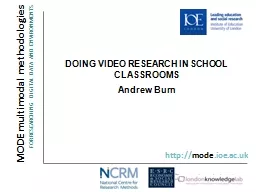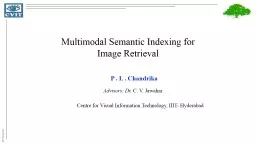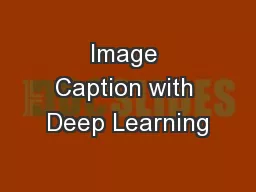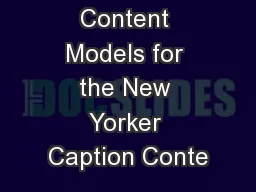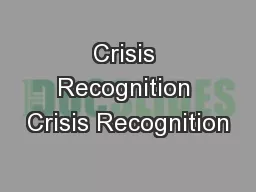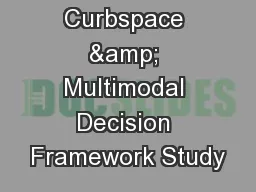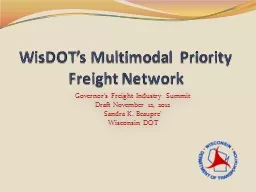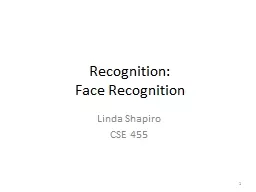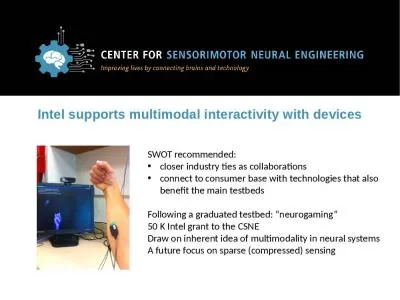PPT-Multimodal Sequential Modeling and Recognition of Human Activities
Author : sherrill-nordquist | Published Date : 2019-06-20
Mouna Selmi 1 and Mounîm A ElYacoubi 2 1 UR SAGE Systèmes Avancés en Génie Electrique Université de Sousse Tunisia 2 SAMOVAR Telecom SudParis CNRS University
Presentation Embed Code
Download Presentation
Download Presentation The PPT/PDF document "Multimodal Sequential Modeling and Recog..." is the property of its rightful owner. Permission is granted to download and print the materials on this website for personal, non-commercial use only, and to display it on your personal computer provided you do not modify the materials and that you retain all copyright notices contained in the materials. By downloading content from our website, you accept the terms of this agreement.
Multimodal Sequential Modeling and Recognition of Human Activities: Transcript
Download Rules Of Document
"Multimodal Sequential Modeling and Recognition of Human Activities"The content belongs to its owner. You may download and print it for personal use, without modification, and keep all copyright notices. By downloading, you agree to these terms.
Related Documents


